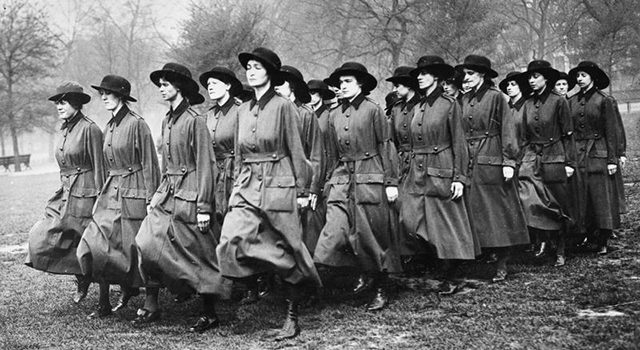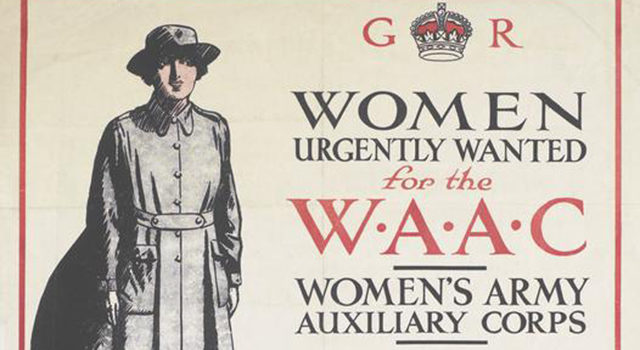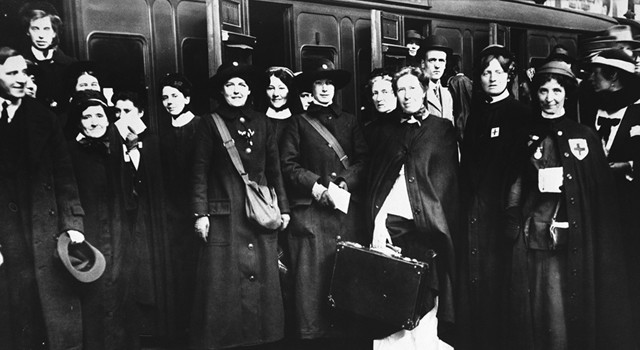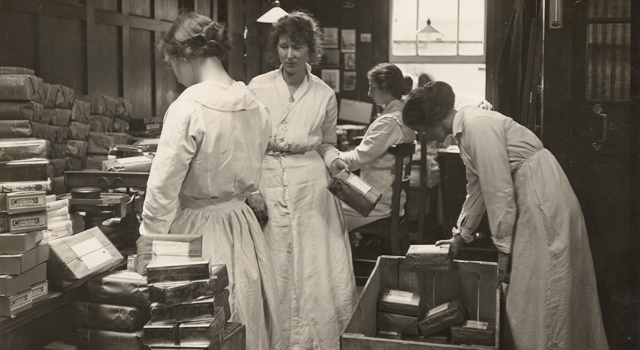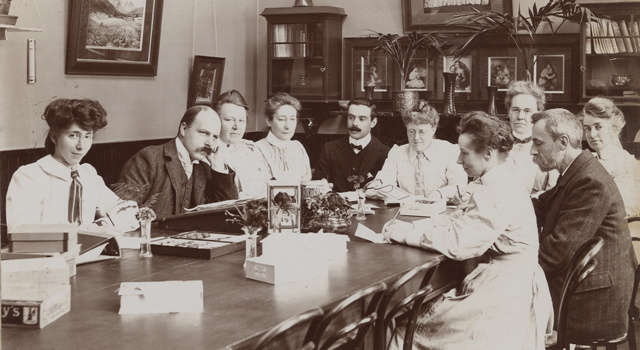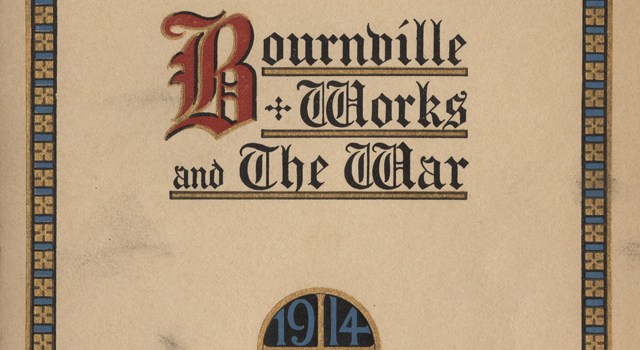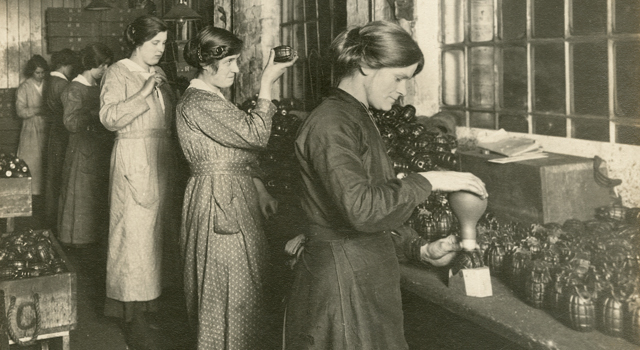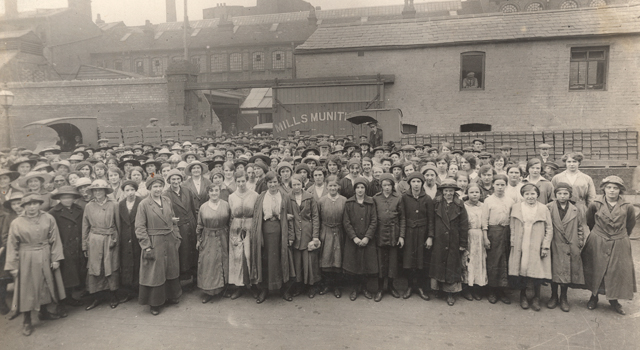Articles
One Comment
By Voices
On 14, Jun 2017 | One Comment | In Gender | By Voices
‘Girls Who Would Fight’: Young Women and the Call to Arms
Marcus Morris, MMU
At the outbreak of the First World War, Britain’s army compared to those on the continent was small, with hundreds of thousands of men required to successfully prosecute the war. Hoping to exploit perceived (if debated) ‘war-fever’ in the country a campaign for volunteers was launched. Read more…
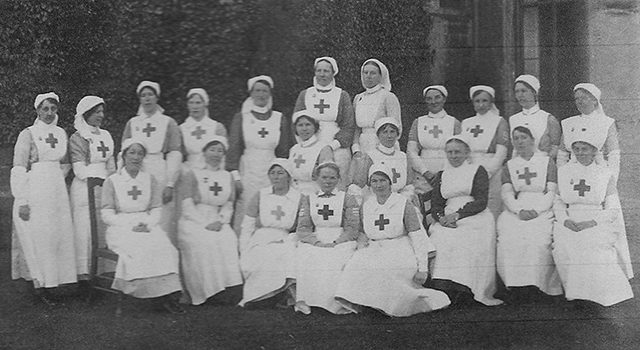
No Comments
By Voices
On 28, Feb 2017 | No Comments | In Gender | By Voices
The Volunteering Women of Worcestershire
Alice Edwards, University of Worcester
When it was announced that Britain would be going to war in 1914, the lives of those on the home front changed. Communities looked to women of middle and upper class to organise charitable events, support the Red Cross, the National Egg Collection, the National Relief Fund or one of the other 18,000 charities set up during the conflict.
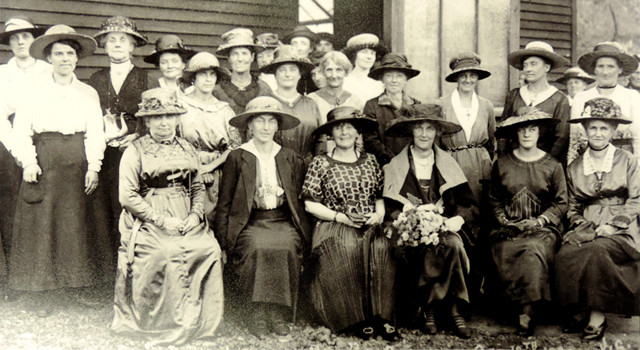
No Comments
By Voices
On 02, Mar 2016 | No Comments | In Gender | By Voices
Not Just Jam and Jerusalem: Pershore Women’s Institute
Professor Maggie Andrews, University of Worcester
The greatest legacy of the First World War for rural woman was the Women’s Institute Movement in Britain.
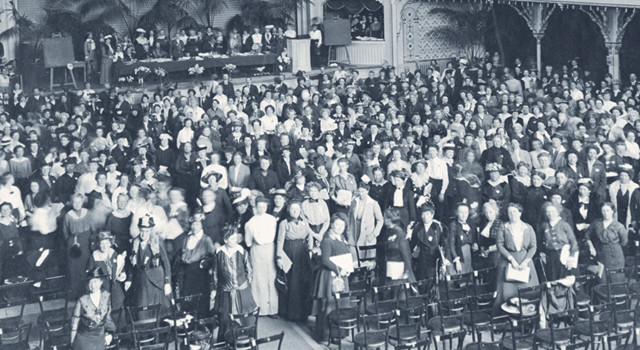
No Comments
By Voices
On 09, Dec 2015 | No Comments | In Gender | By Voices
These Dangerous Women
Charlotte Bill, Clapham Film Unit
“My sister needs a film”, my contact said to me in a Community Resource basement on Brixton Hill.
“What’s the story?”
“These women in 1915 got together to try to stop World War 1.”
2 Comments
By Voices
On 16, Sep 2015 | 2 Comments | In Gender | By Voices
Women Doctors in the First World War
Dr Martha Jane Moody Stewart in Worcester and Beyond
Dr Rebecca Wynter, University of Birmingham
Dr Martha Jane Moody Stewart was in 1915 the first female House Surgeon at Worcester Infirmary. Local records seemed to offer little more to the Worcestershire World War 100 (WWW100) volunteer researchers. They found she had graduated from Queen’s University, Belfast, and that she left Worcester soon after arriving. An old local history book implied (rather bluntly) that in wartime circumstances the hospital was ‘forced’ to employ a woman doctor, but made no mention as to the reasons for her swift departure.
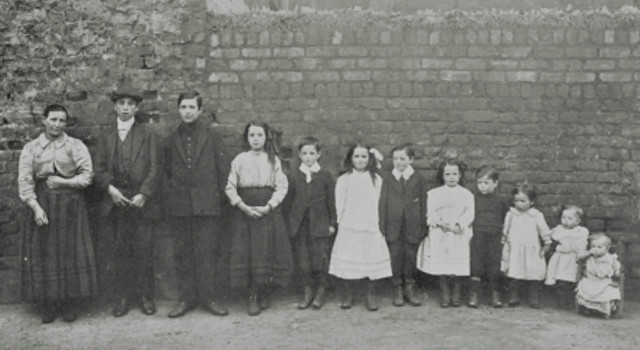
No Comments
By Voices
On 20, Jul 2015 | No Comments | In Gender | By Voices
Mothers First! The Women’s Co-operative Guild’s Maternity Letters
Ruth Cohen, Independent Researcher
The Women’s Co-operative Guild is most remembered for its poignant collection, ‘Maternity: letters from working women’, first published in 1915. By then, it was a unique campaigning organisation with over 32,000 members, mostly married women from better off sections of the working class. Read more…
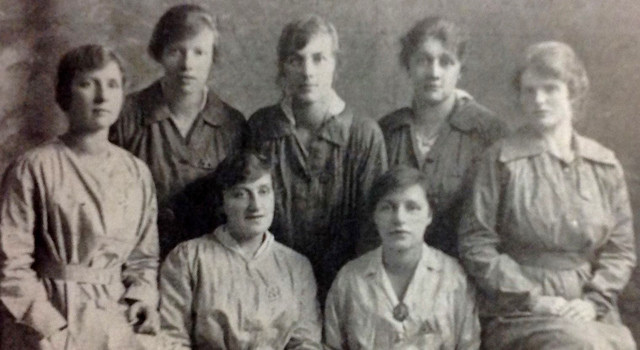
No Comments
By Voices
On 25, May 2015 | No Comments | In Gender | By Voices
Women Munitions Workers and the Trade Unions
Cathy Hunt, Coventry University
The women who went into Britain’s munitions factories during the First World War were encouraged and praised in their endeavours to ensure that the men at the Front were kept supplied with the weapons and military equipment that were so vital to the war effort.
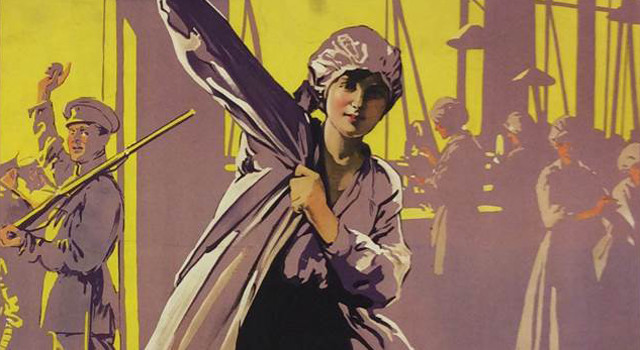
No Comments
By Voices
On 11, May 2015 | No Comments | In Gender | By Voices
Labour Unrest Amongst First World War Female Workers
Chris Day and Vicky Iglikowski, The National Archives
There is a distinct image of female munitions workers during the First World War which occupies perhaps the most prominent place in Britain’s collective memory; the patriotic women who, though jaundiced and slowly poisoned, were proud to be doing ‘their bit’ and eager to take advantage of the new world of employment offered to them by the war.
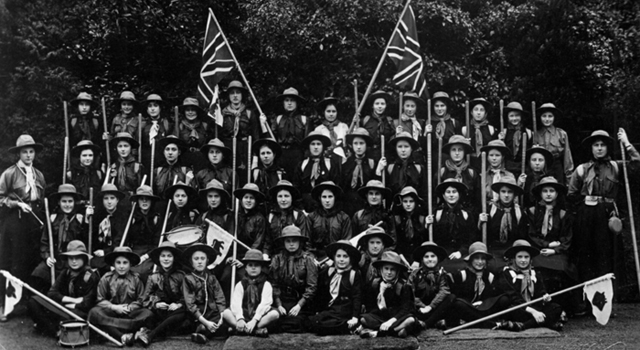
One Comment
By Voices
On 09, Mar 2015 | One Comment | In Gender | By Voices
Girl Guides: Gender and Childhood on the Home Front
Professor Maggie Andrews, University of Worcester
The Girl Guides Association, having been formed in 1910, was still a fledging organisation when the war broke out. The activities that Guides became involved in over the four years of war demonstrate both that life on the Home Front was a gender specific experience and the range of contributions that children made to the war effort.
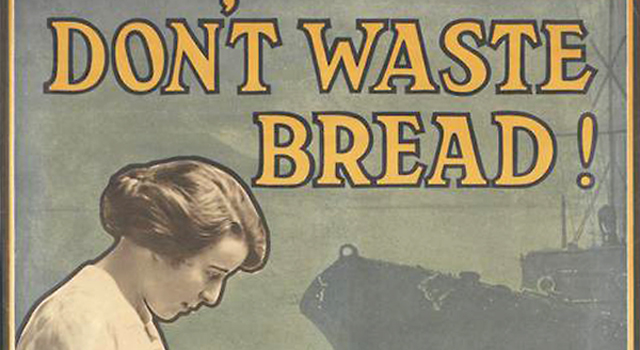
No Comments
By Voices
On 23, Feb 2015 | No Comments | In Gender | By Voices
Sophie Carey and the National Food Fund
Dr Katherine Storr
When the First World War began new charitable funds proliferated and many were started by women. Goods-in-kind, such as clothes and food were collected and distributed as well as money. Food is a weapon of war and Britain was vulnerable due to its reliance on imports.
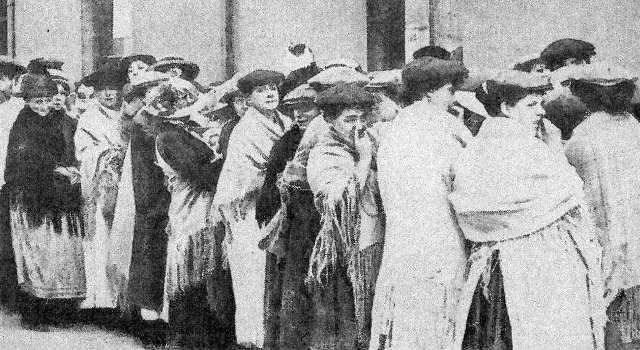
No Comments
By Voices
On 10, Nov 2014 | No Comments | In Gender | By Voices
The Women Left Behind
Soldiers’ Widows in First World War Britain
Dr Janis Lomas
The 31st of October 2014 is the centenary of the Battle of Gheluvelt, which has an almost mythical status in Worcestershire. Given the high casualty rate it is worth also considering the provisions that the British government put in place to provide for the families of men fighting in the First World War.
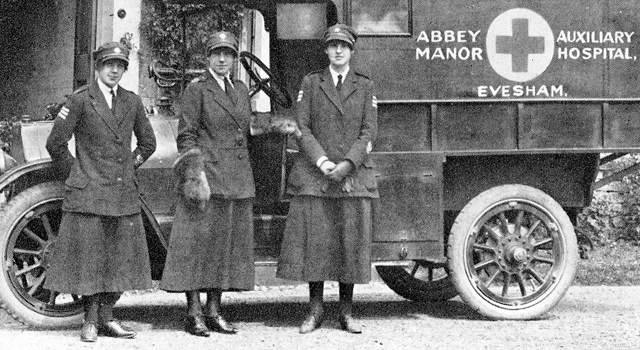
No Comments
By Voices
On 30, Jun 2014 | No Comments | In Gender | By Voices
Caring for the Wounded in Local Communities
Professor Maggie Andrews, University of Worcester
The first industrial war, caused both minor and major damage to the minds and bodies of the soldiers who took part. Illness and disease such as typhoid and trench foot took soldiers also out of the front line. More than half of these soldiers who needed medical care were sent to the United Kingdom where over 3,000 convalesce or auxiliary hospitals were set up in private homes.
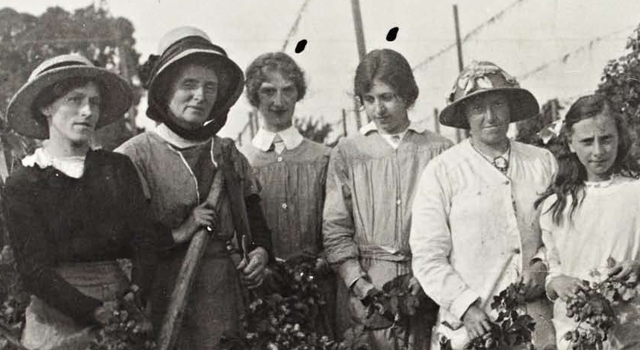
No Comments
By Voices
On 13, Mar 2014 | No Comments | In Gender | By Voices
Gender and the Home Front
Professor Maggie Andrews, University of Worcester
Munitions workers and the Women’s Land Army are familiar images of the Home Front in the First World War when the number of women in paid employment increased by nearly 2 million. This alongside the introduction of votes for women in 1918 has led to suggestions that the conflict was a period of social change and women’s emancipation.
2 Comments
By Voices
On 07, Mar 2014 | 2 Comments | In Gender | By Voices
Cadbury Angels and World War One
Jo-Ann Curtis, Birmingham Museums Trust
www.suburbanbirmingham.org.uk
As soon as war broke out and troops were deployed overseas, Cadbury Bros began producing ‘chocolate for the troops’. These gifts continued to be distributed throughout the duration of the war and in total 20,000 parcels were sent out to troops on the front, as well as to those who were wounded and recovering at home or in hospital.
No Comments
By Voices
On 06, Mar 2014 | No Comments | In Gender | By Voices
Mills Munitions Workers
Martin Killeen, Cadbury Research Library, University of Birmingham
www.suburbanbirmingham.org.uk
War work was changing employment for women, who ‘proved that their entry into the munition world has increased the output’. There were new opportunities particularly for teenage girls, as ‘in the case of a large Birmingham firm employing a considerable number of girls under 16; their labour was essential to the older women because their fingers were nimble and specially adapted for the light work required’.


